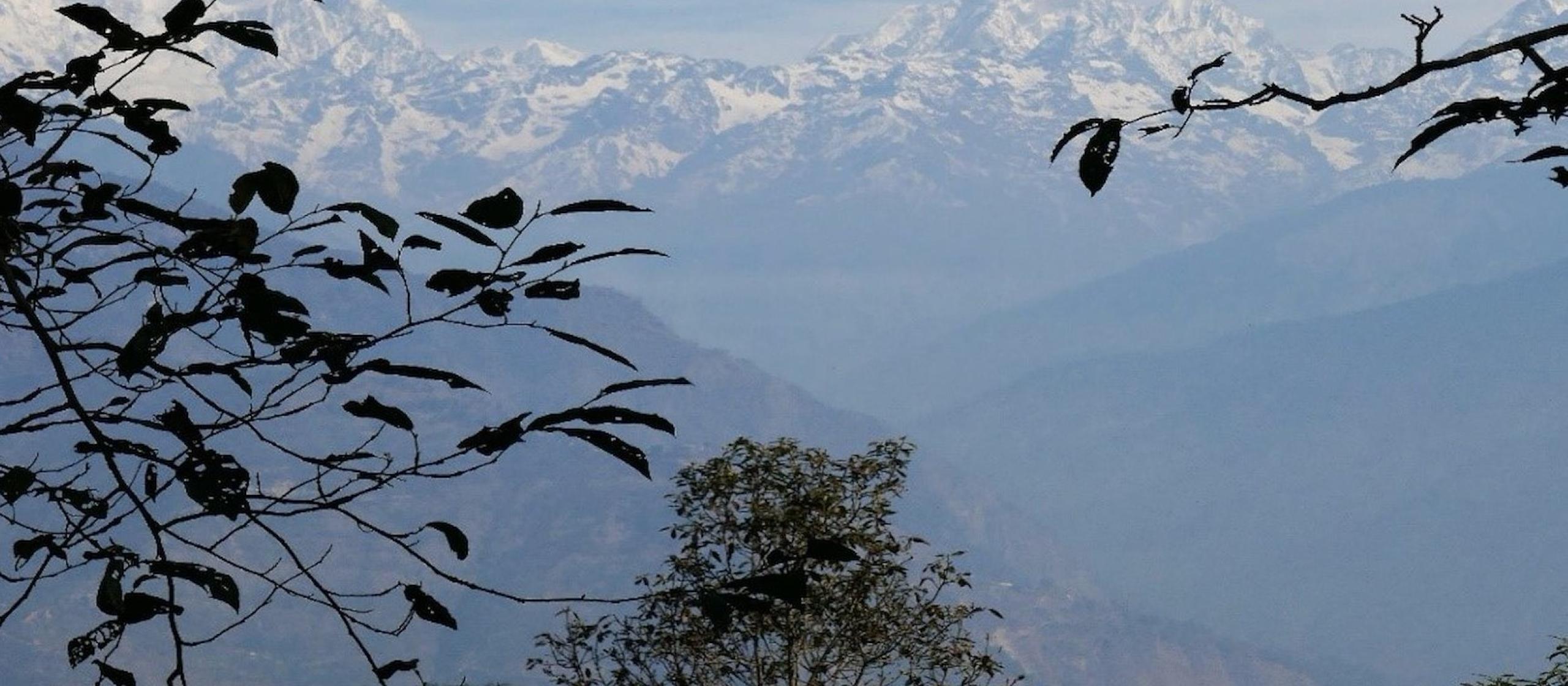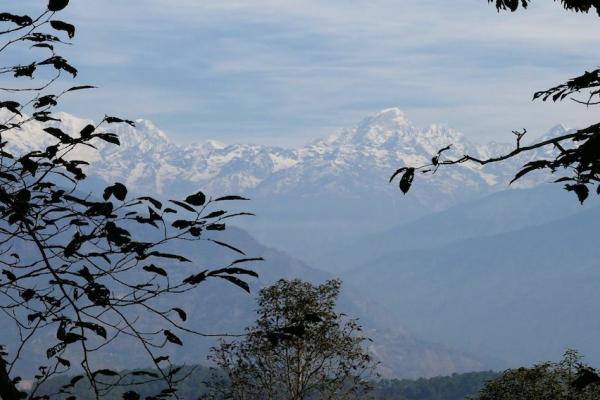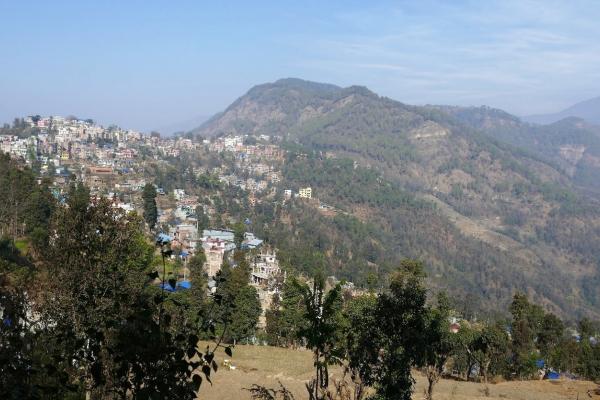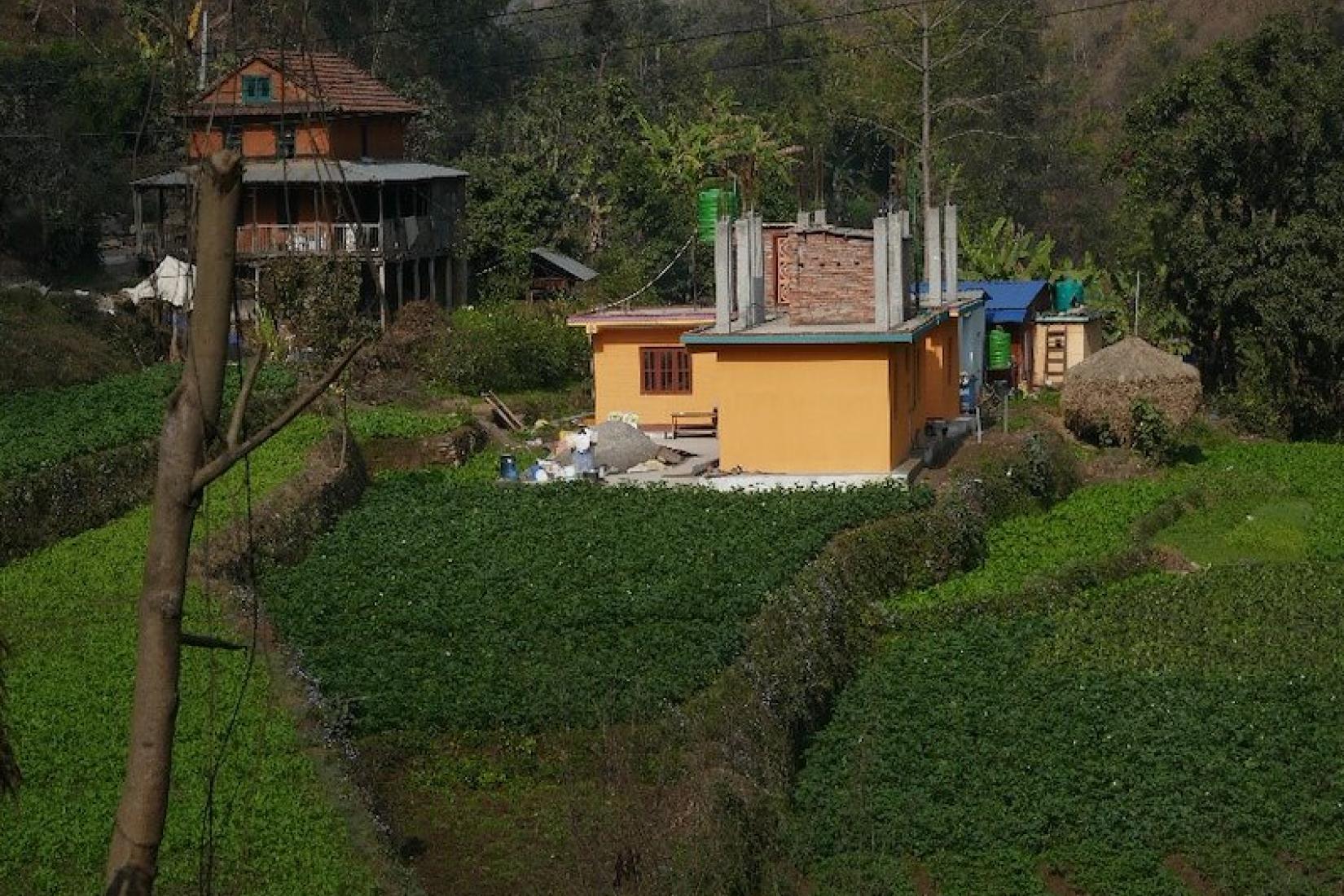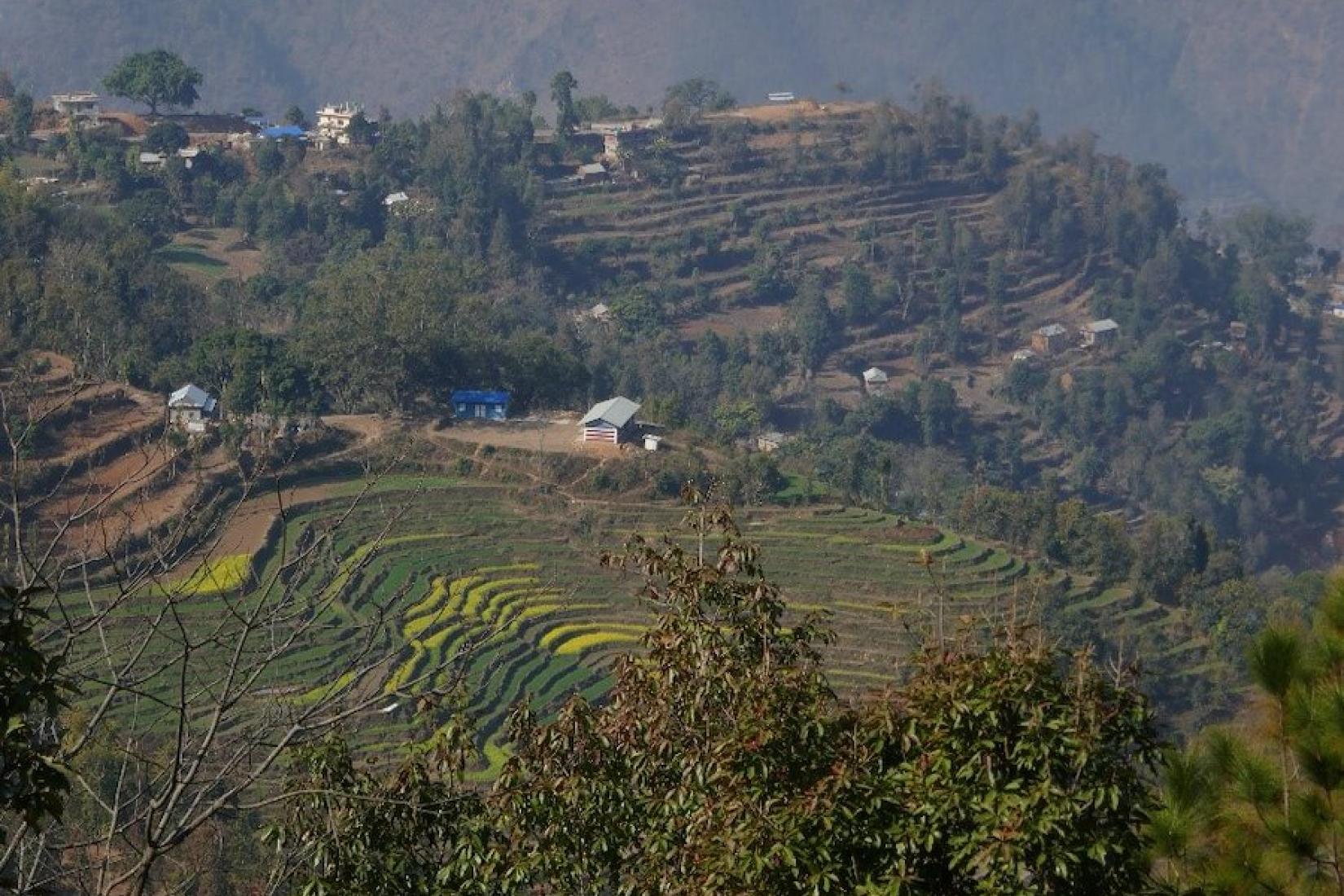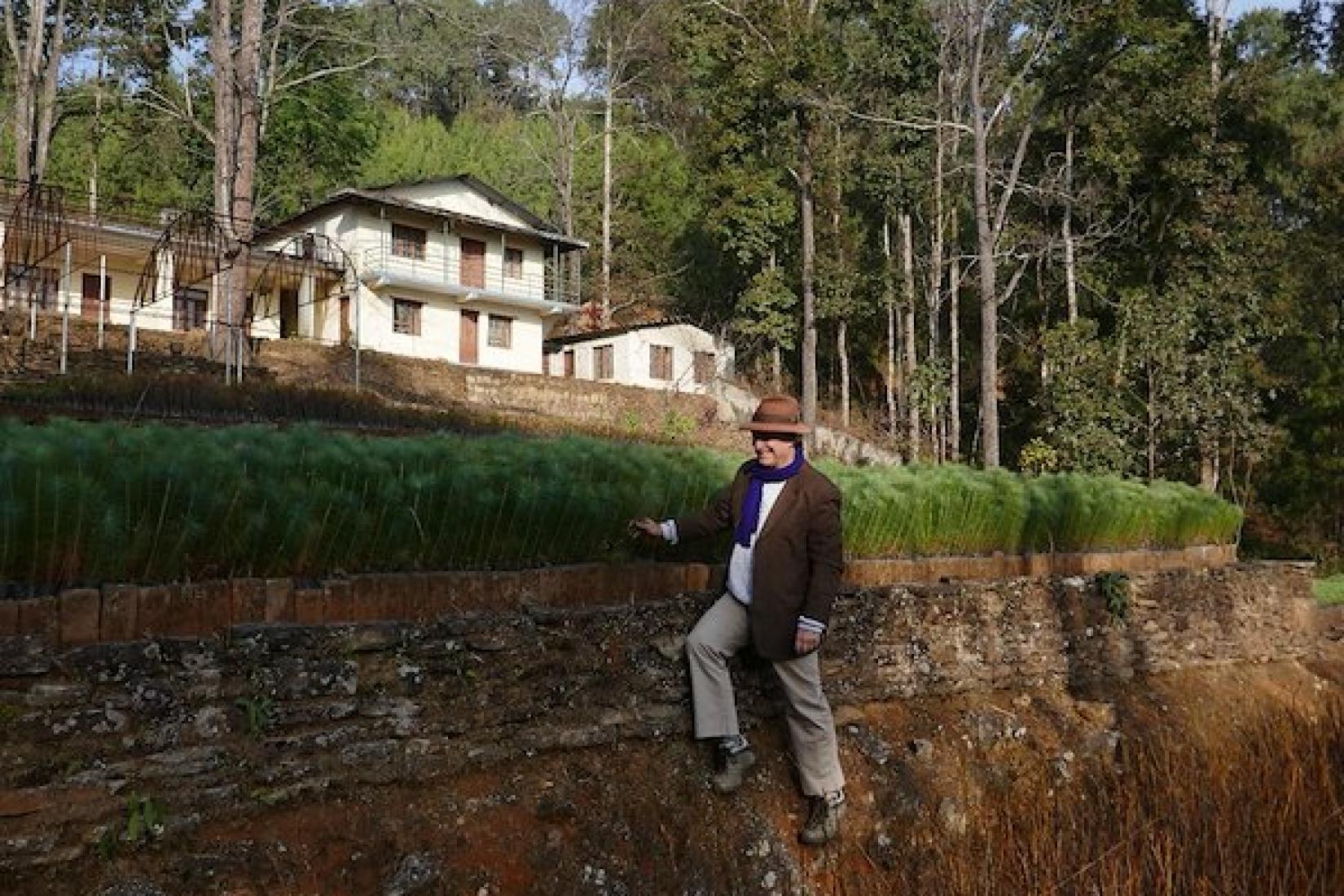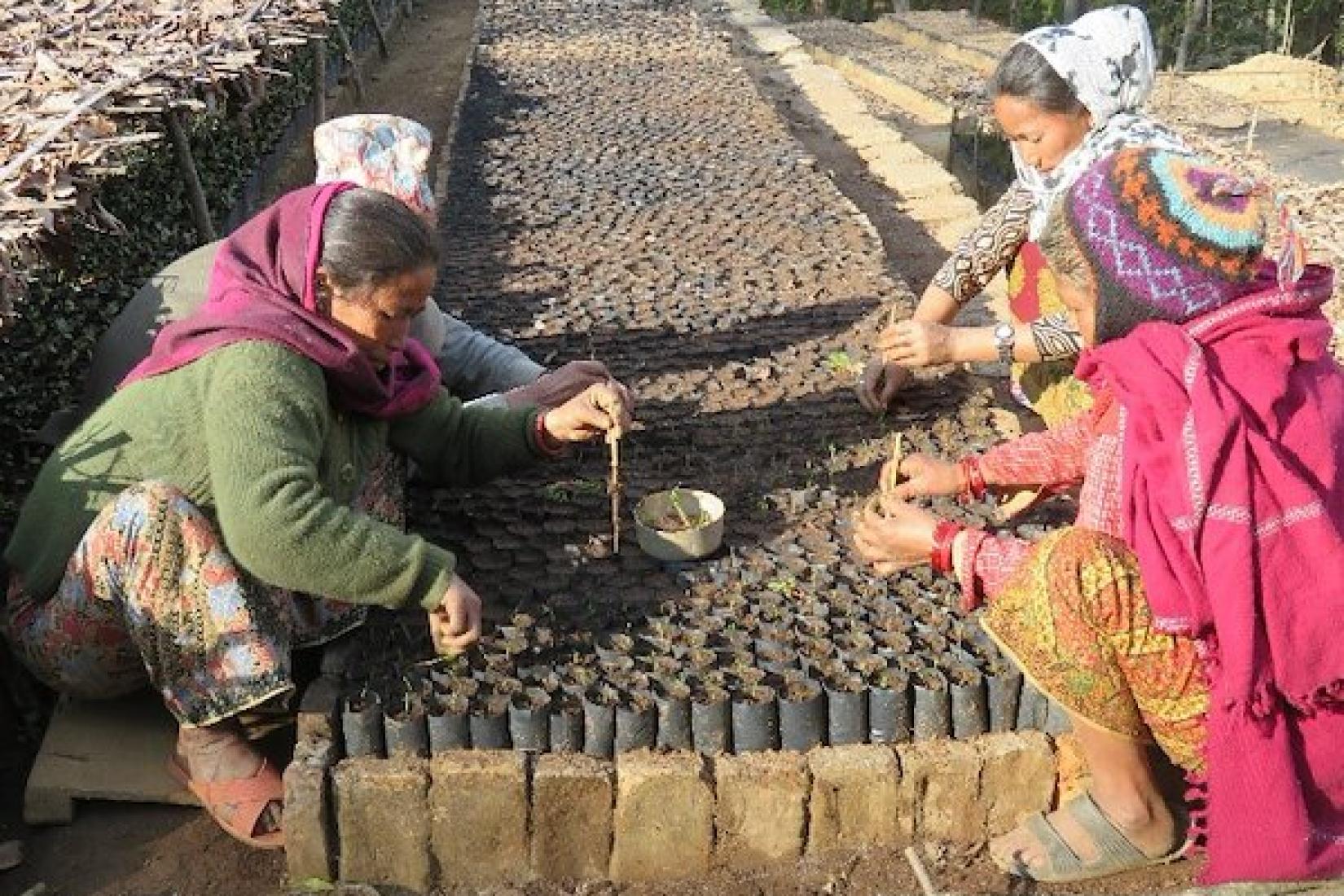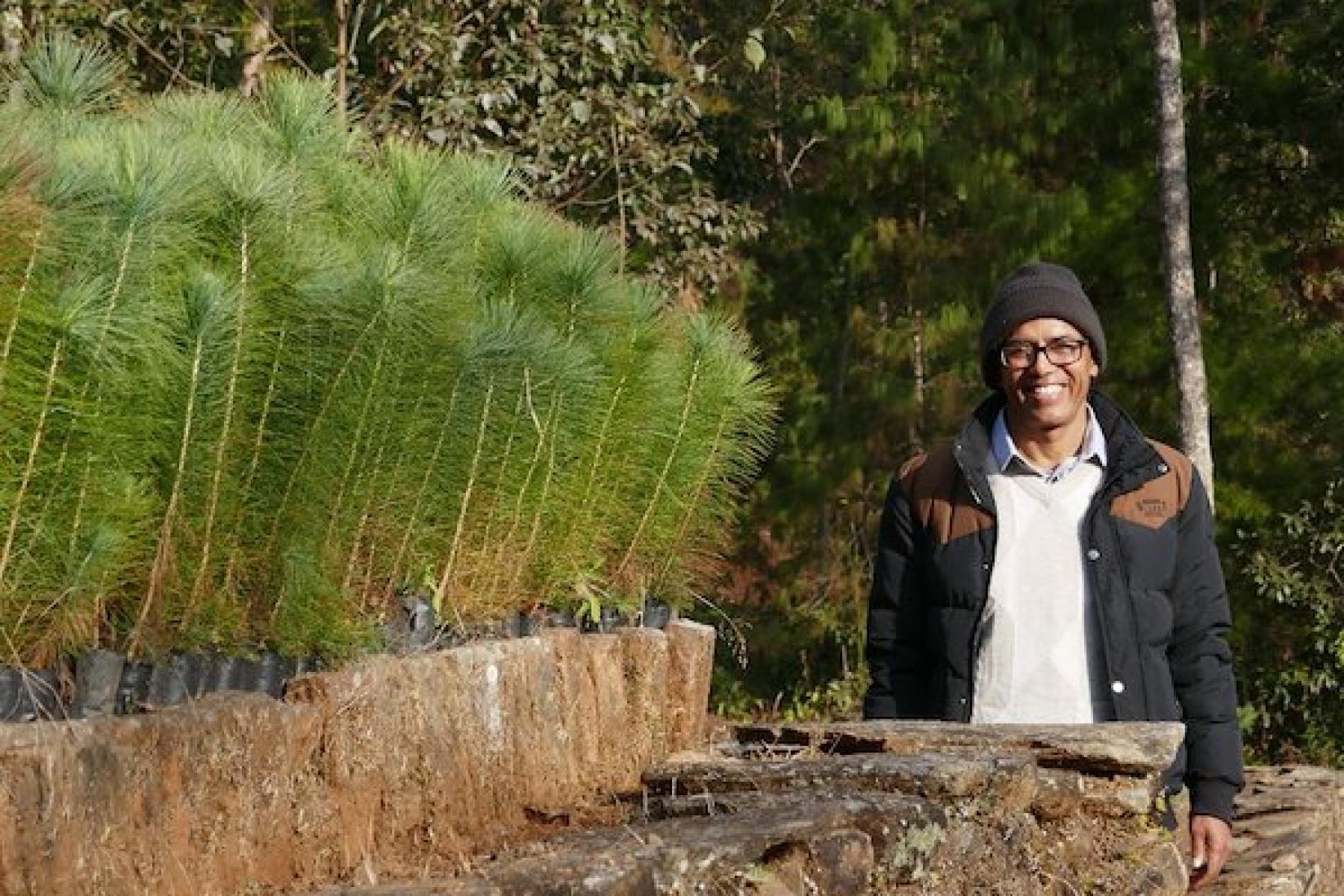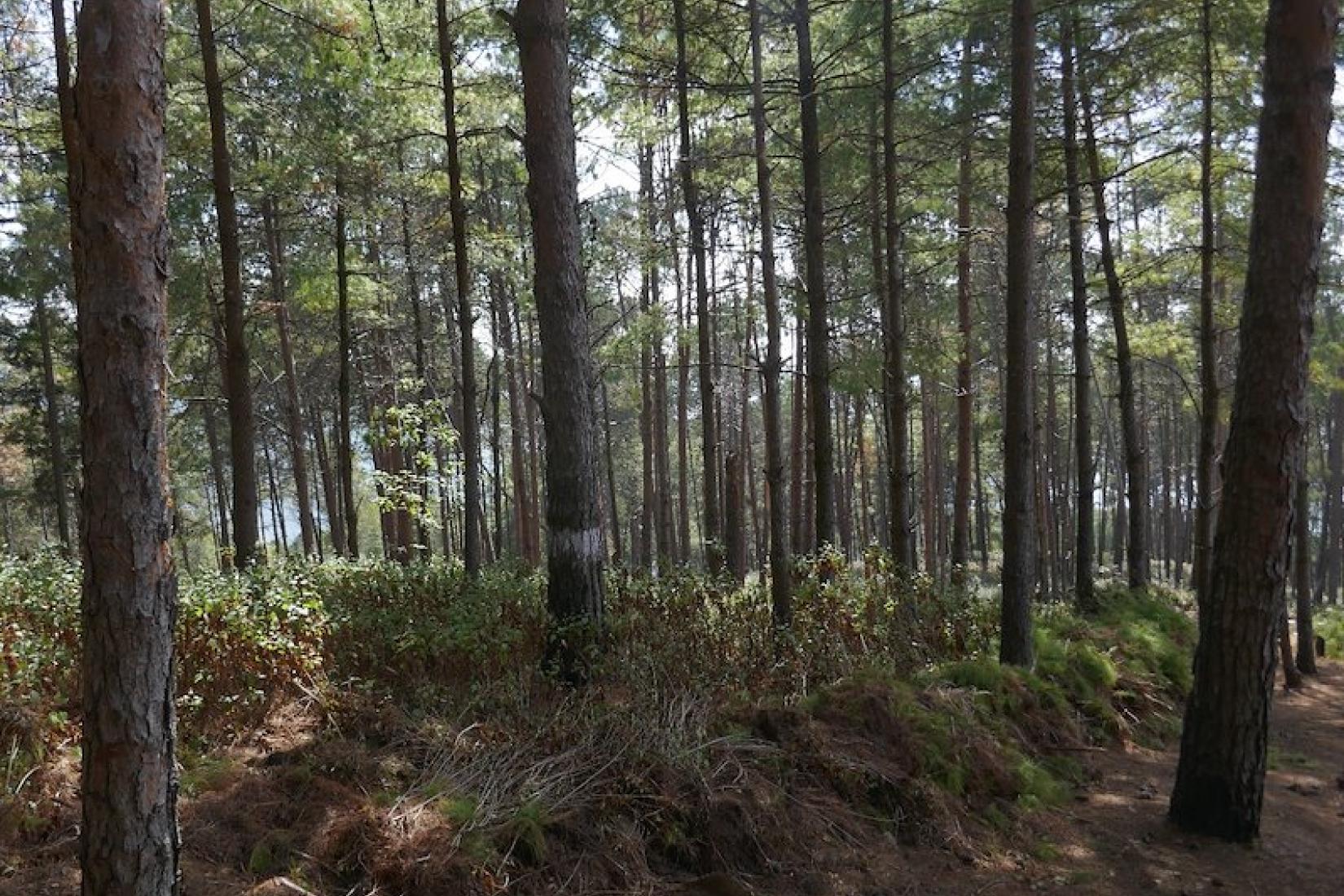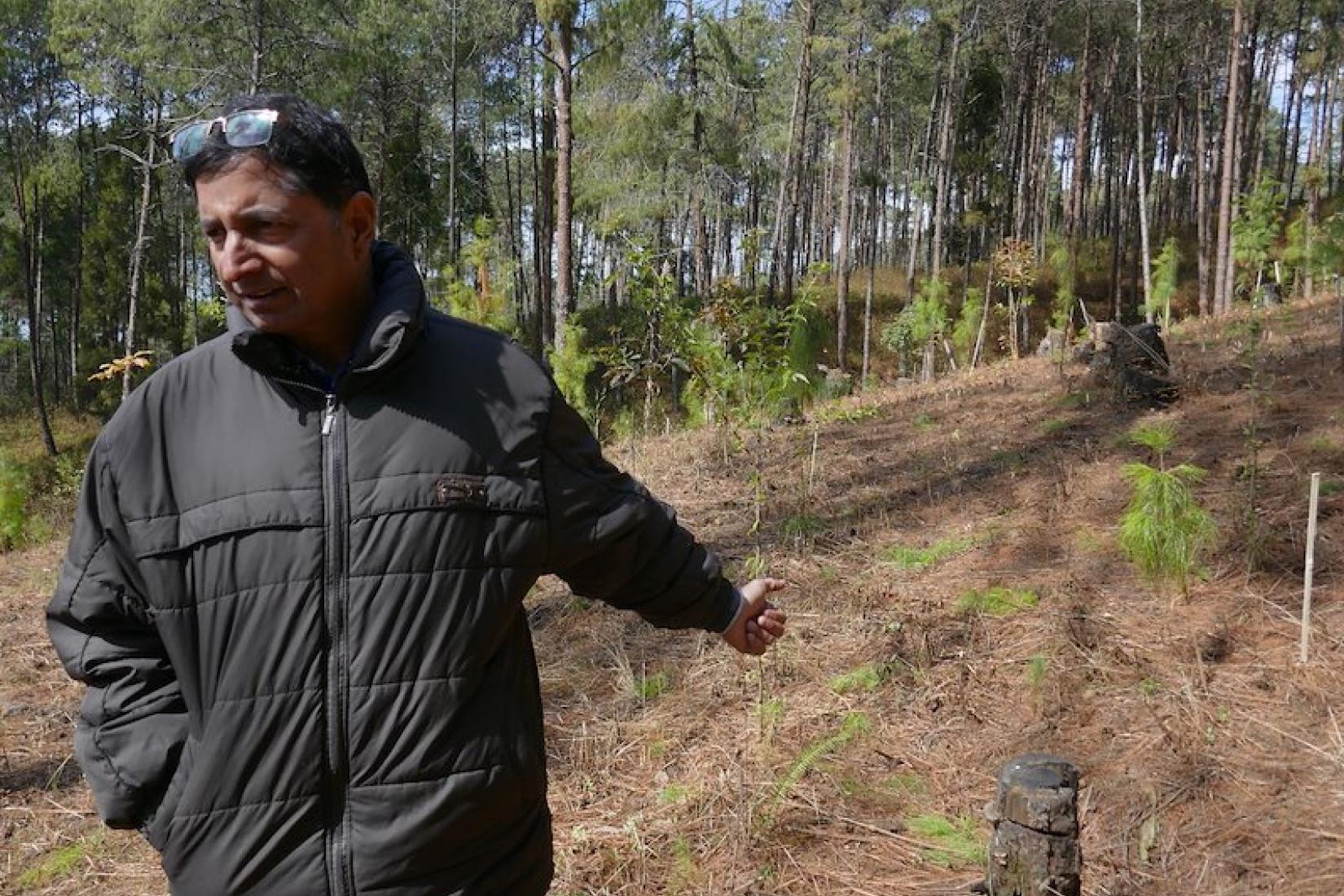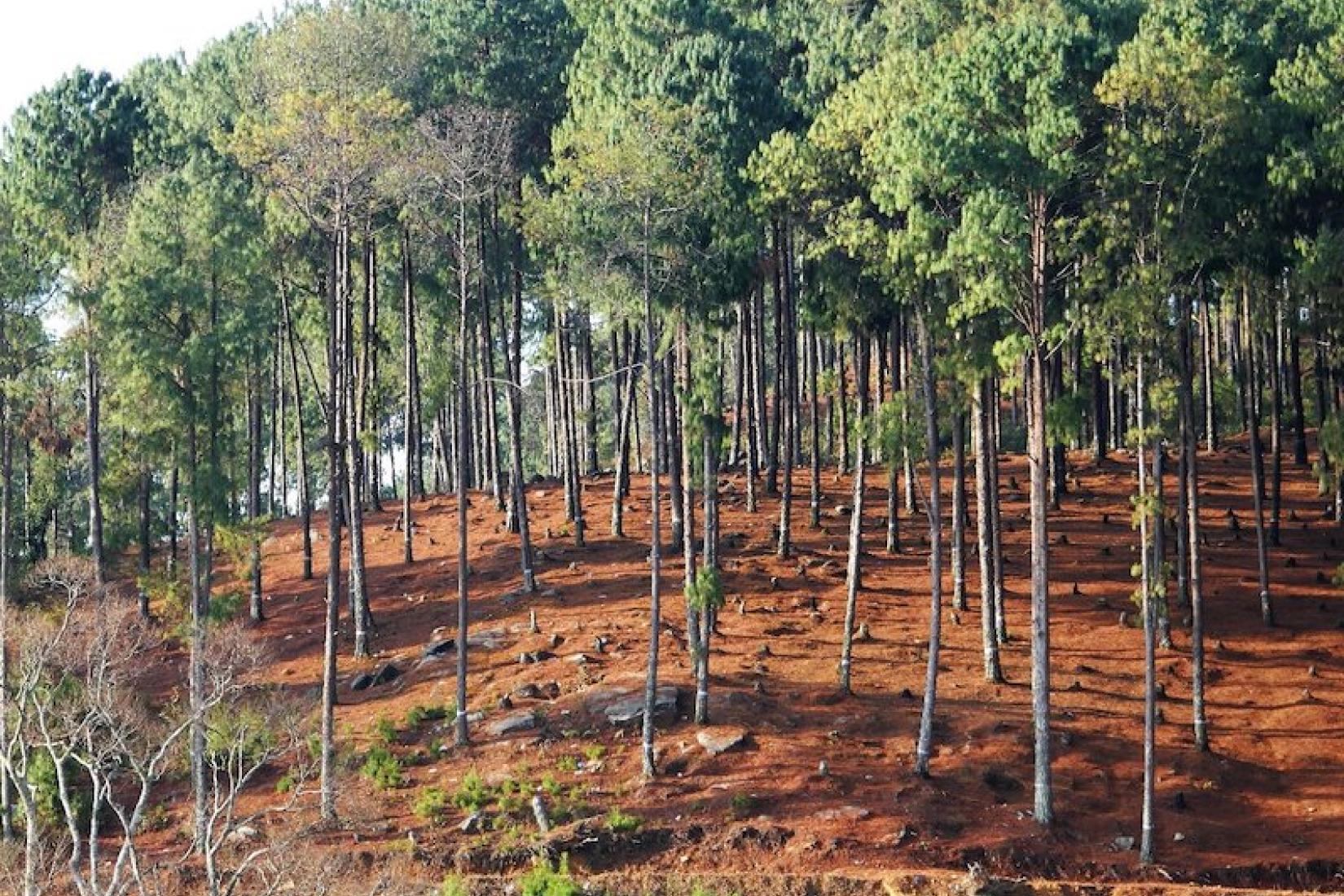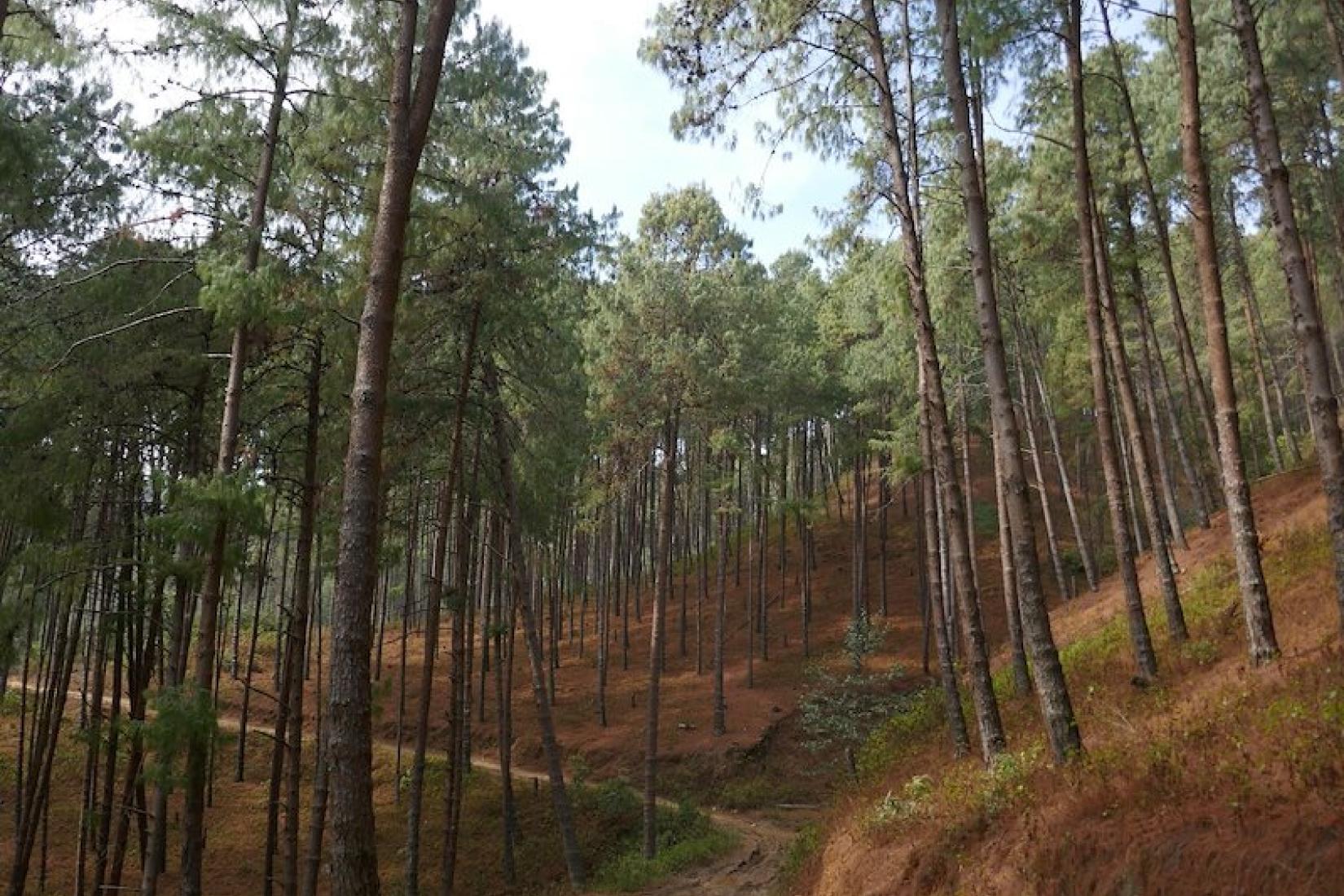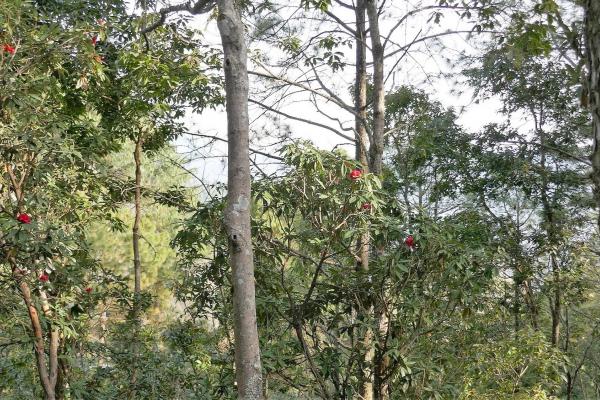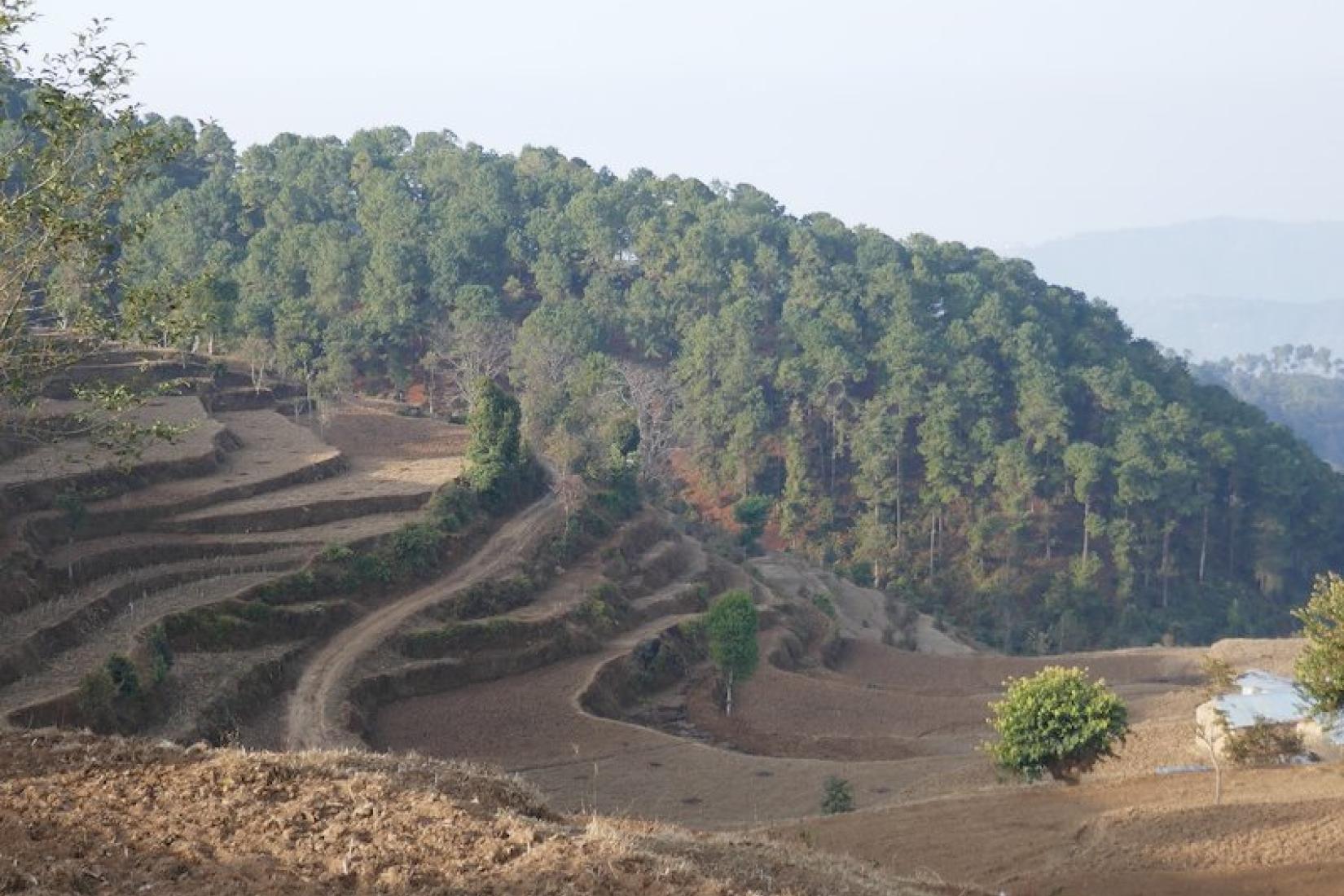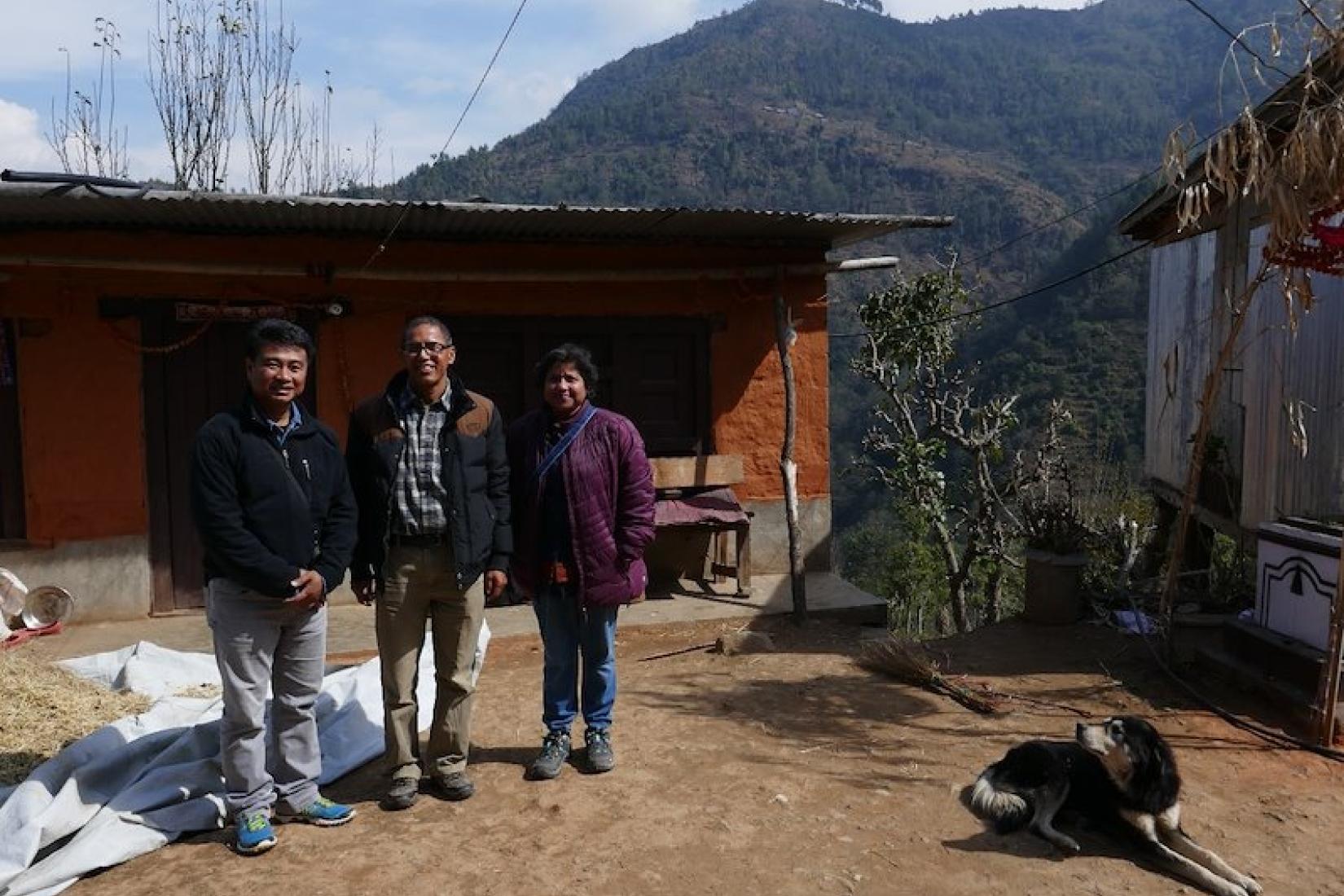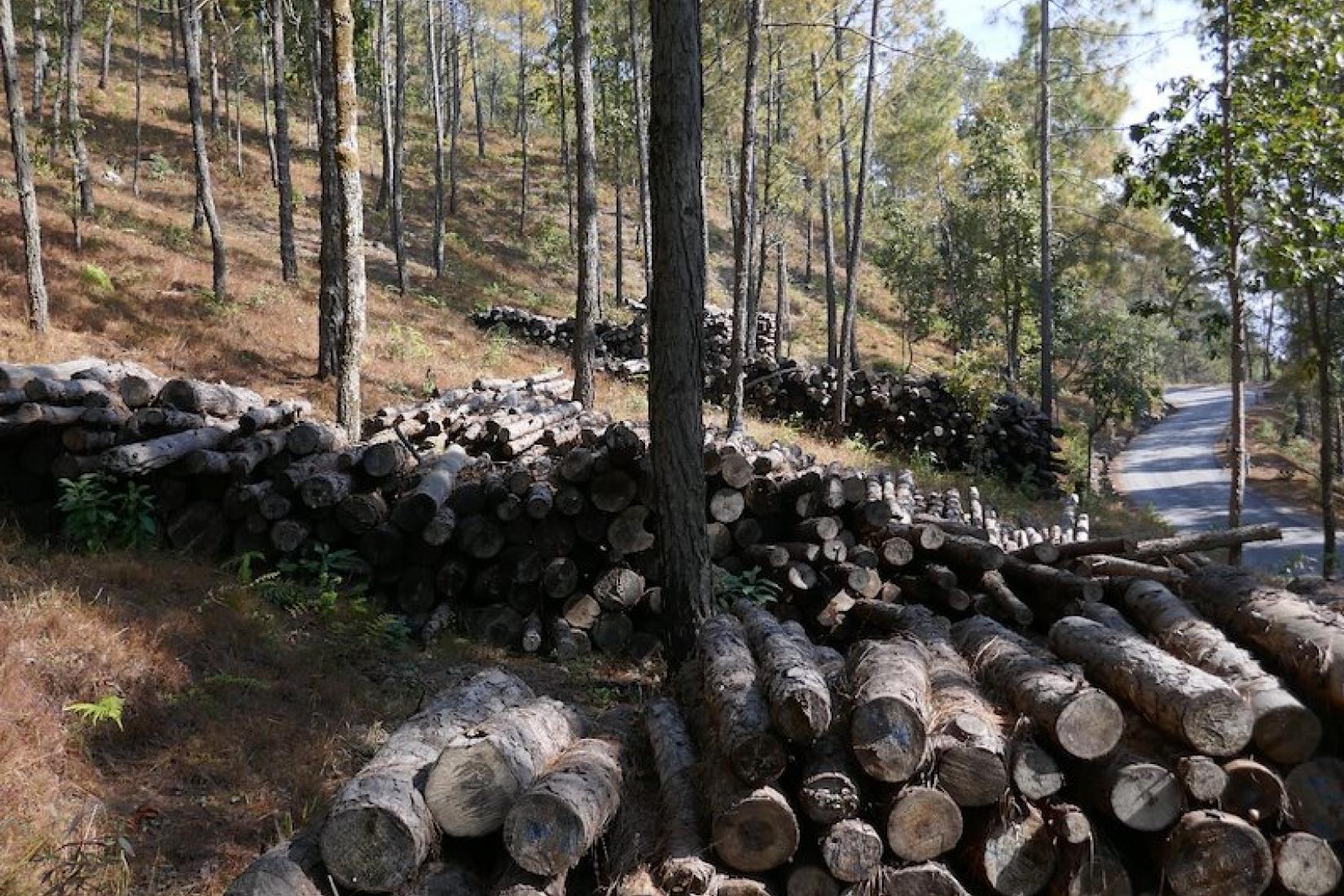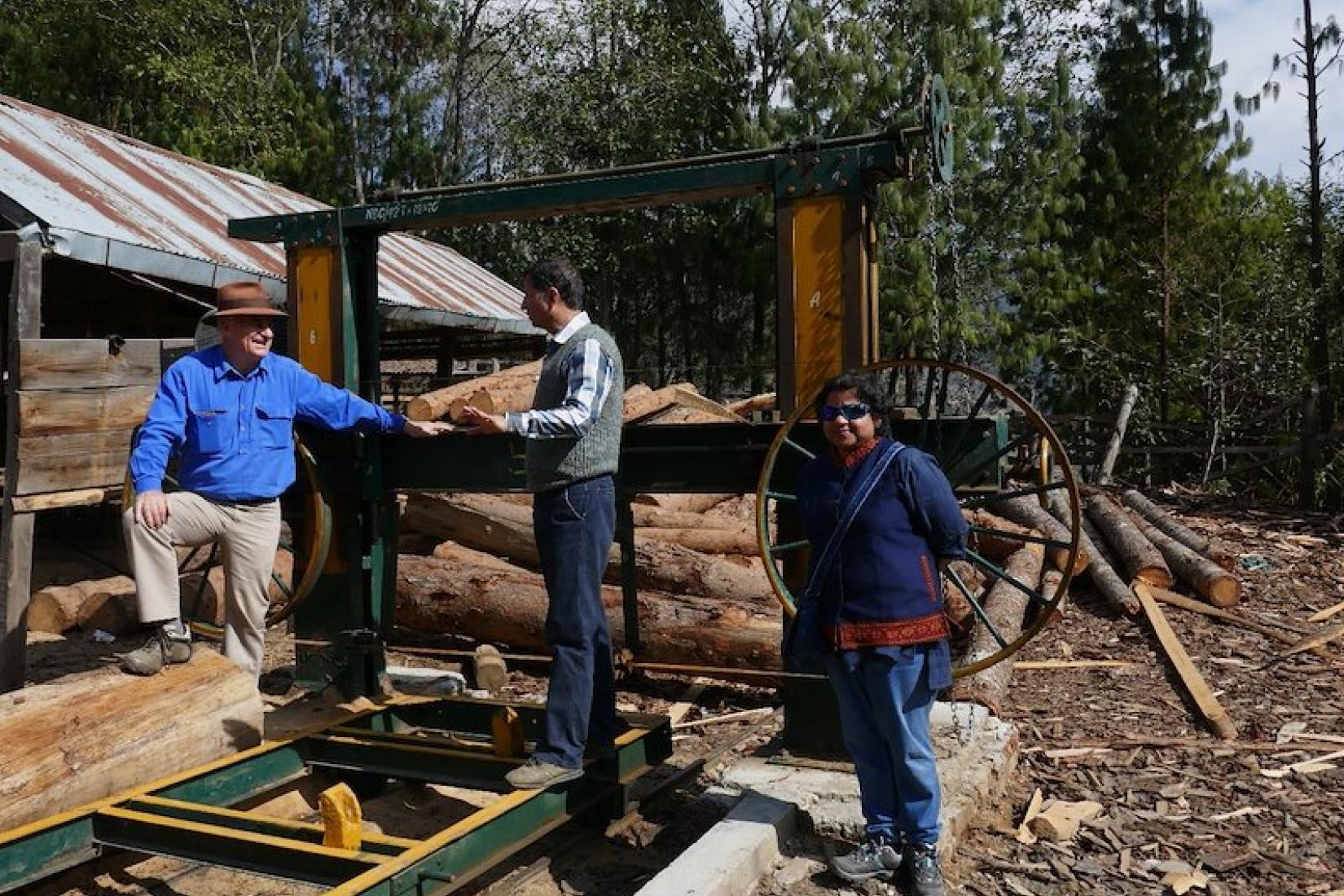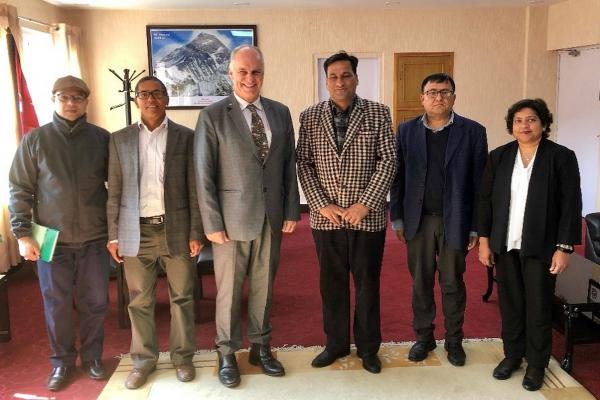Generations of Australian foresters gained invaluable experience working in this program, and generations of Nepali foresters have undertaken postgraduate training in Australia or have trained with Australian foresters in Nepal. By the early 1990s, when a mid-career Tony Bartlett was working in Nepal, the by now Nepal-Australia Community Forestry Project was working with around 200 Community Forest User Groups. By 2017, 1.8 million hectares of accessible national forests in Nepal had been handed over to 19,361 Community Forest User Groups that together engage 2.4 million households – about 45% of all households in Nepal according to the 2011 census. Coincidentally, the large-scale reforestation efforts catalysed by this project and driven by the community have increased forest cover in Nepal back up to 45% of the country – a phenomenal achievement.
- HomeHome
-
About ACIAR
- Our work
- Our people
-
Corporate information
- ACIAR Audit Committee
- Commission for International Agricultural Research
- Policy Advisory Council
- Agency reviews
- Executive remuneration disclosure
- Freedom of information (FOI)
- Gifts and benefits register
- Information publication scheme
- List of new agency files
- Contracts
- Legal services expenditure
- Privacy impact assessment register
- Commonwealth Child Safe Framework
- Benefits to Australia
- Careers
- 40 years of ACIAR
-
What we do
- Programs
- Cross-cutting areas
- Resources
- Where we work
-
Funding
- Research projects
- Fellowships
-
Scholarships
- John Allwright FellowshipScholarships to study in Australia for ACIAR partner country scientists to have Australian postgraduate qualifications
- ACIAR Pacific Agriculture Scholarships and Support and Climate Resilience Program
- Alumni Research Support Facility
- Publications
- News and Outreach
